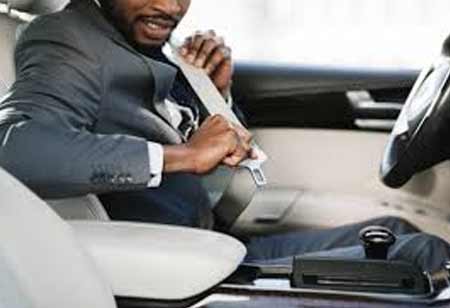The ever increasing safety requirement in the automotive sector has led to rapid developments with major innovation in the area of passive and active safety.
FREMONT, CA: Passive automotive safety is around for more than half a century. The majority of safety features fall under the category of passive safety. Features such as side-curtain airbags, seat belts, and crumple zones are a part of passive safety. However, other types of passive systems exist, such as safety cells that safeguard the passengers that prevent the materials from entering the cabin during a collision. Other systems such as force disbursement, which spreads out energy from the crash to multiple areas of the vehicle, are also passive safety systems. The primary aim of all passive systems is to safeguard the passenger, driver, and to some extent, the pedestrians.
Crash test dummies are used in passive automotive safety testing to check the functionality of airbags. Automotive manufacturers, along with governments, perform tests to assess the system's performance in events of a crash. The National Highway Traffic Safety Administration (NHTSA) of the United States performs a series of tests to rank them on a star rating system basis. The tests include full-frontal barrier tests, car-to-car crashes, angled tests, and a number of barrier tests. With the tests, NHTSA offers transparency to the consumers about the performance of the vehicle during a collision. Automakers such as Honda have their testing facilities to measure automotive safety. The car company has an indoor testing facility that allows testing of passive safety features in real world crash-test scenarios. In a controlled environment, the company uses crash-test dummies, vehicle sensors, speed sensors, and video recordings to evaluate passive safety systems.
According to a 2009 SupplierBusiness report, the passive automotive safety sector has reached a point of maturation. This indicates that the majority of passive safety innovations have already been implemented in cars. However, this doesn’t mean that the field is not prone to expansion. The upcoming automotive safety endeavors may focus on automotive safety that prevents the collision rather than reacting to them. For automakers, the safety of the passengers should be the number one priority as lack of security and regulations can lead to multi-million dollar lawsuits. Thus, automakers do not leave any stone unturned when it comes to active and passive safety.
See Also: Top Automotive Technology Companies in APAC

 Copyright © 2025 AutoTech Outlook. All Rights Reserved | Privacy Policy | Subscribe | Sitemap | About us | Feedback Policy | Editorial Policy
Copyright © 2025 AutoTech Outlook. All Rights Reserved | Privacy Policy | Subscribe | Sitemap | About us | Feedback Policy | Editorial Policy